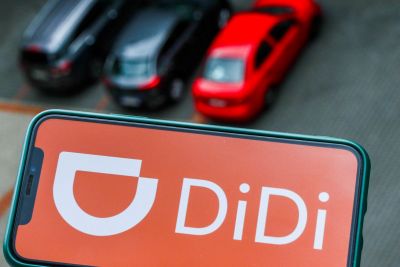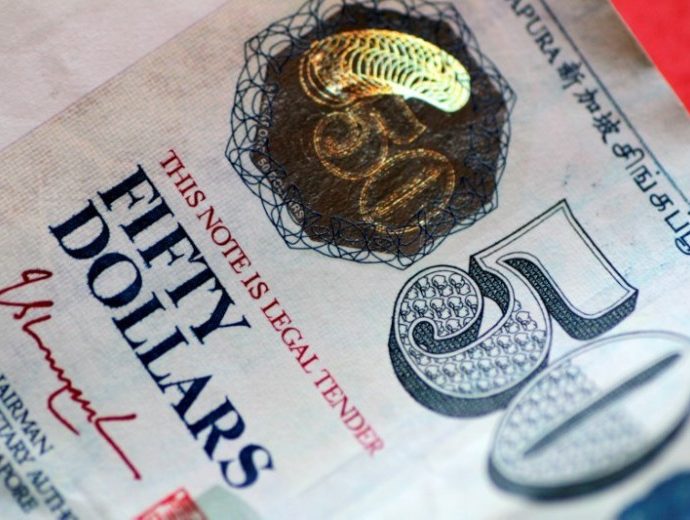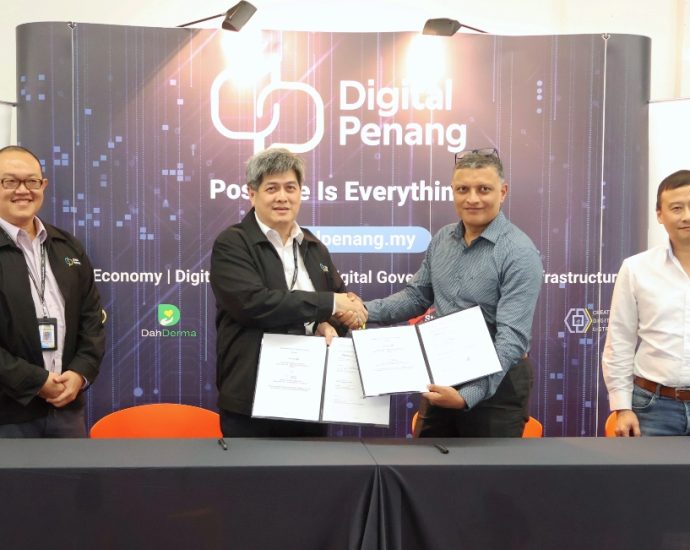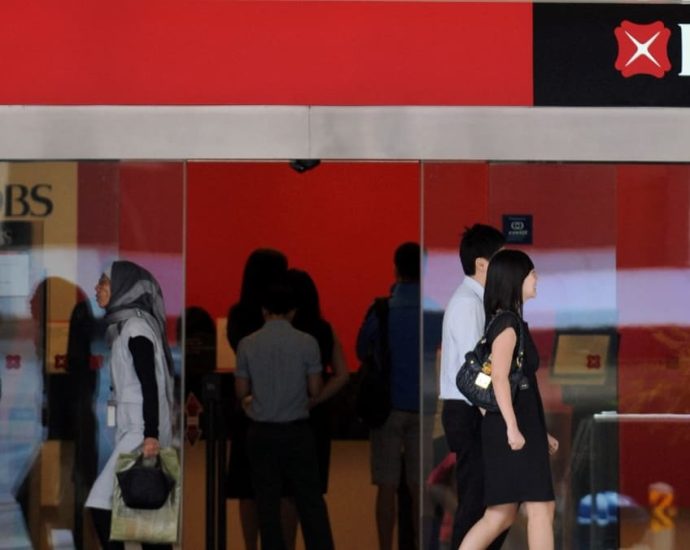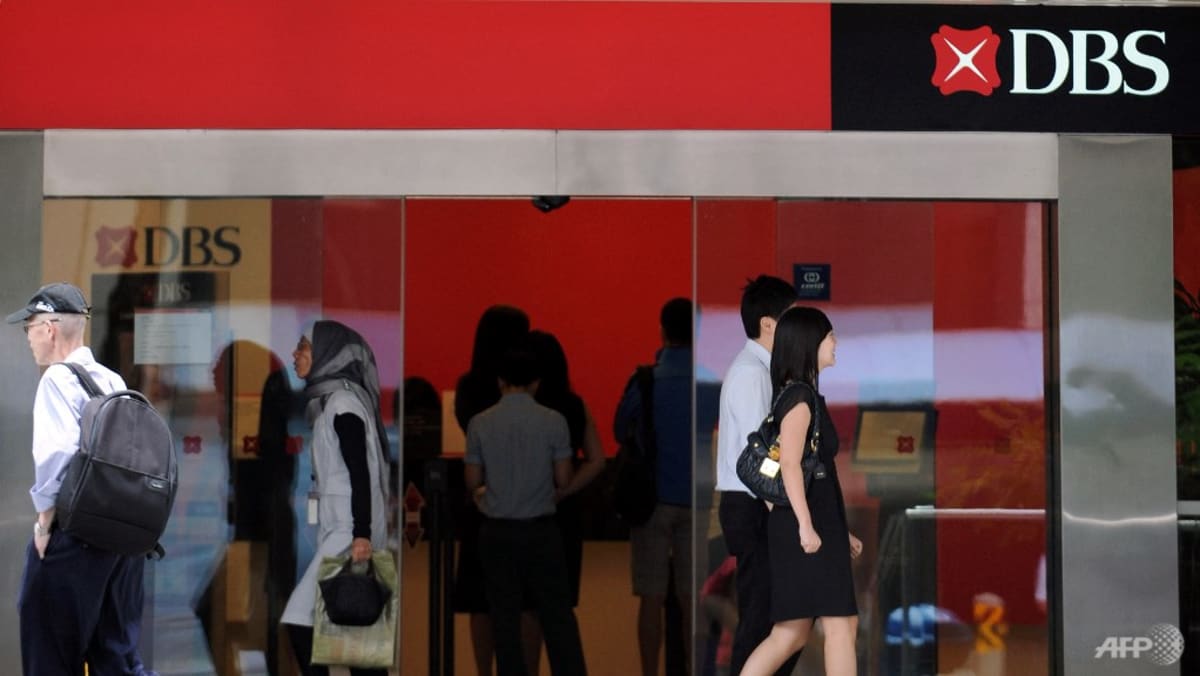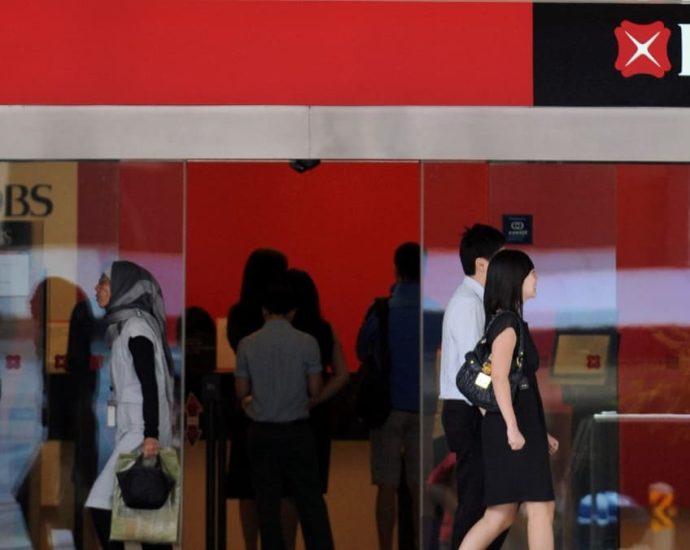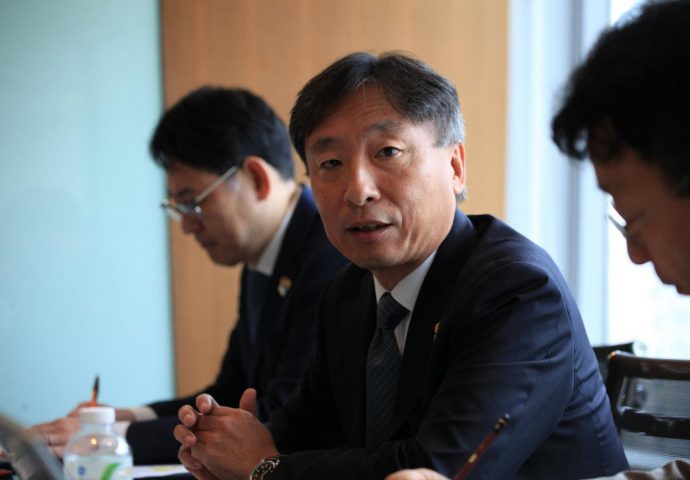Didi, Huawei lead the way for a China bounce back
If ever there were a business story proving the folly of sanctions in today’s hyper-integrated world, it’s Huawei and the runaway success of the Mate 60 Pro smartphone it unveiled last month.
For years now, Huawei has been central to US efforts to stymie Chinese tech development. Since 2019, when Donald Trump was in the White House, Huawei has been on Washington’s “Entity List.” That greatly limited the Shenzhen-based company’s access to key technology, essentially knocking it out of the smartphone game.
Well, not so much. “This is a breakthrough for Huawei, which has not been able to produce a 5G mobile phone since 2020 and has seen its once-commanding global market share shrivel to basically zero,” says analyst Tilly Zhang at Gavekal Research.
“It’s led to fierce debate over the efficacy of the US measures,” Zhang says, “with boosters in China and critics in the US claiming that the new phone shows the sanctions are ineffective and that China has already overcome them.”
In reality, Zhang says, “it’s more of a symbolic victory for Huawei that will not fundamentally change the trajectory of China’s technology sector under US sanctions.”
And yet it’s also a strong case study not just of Beijing’s ability to steer around trade curbs, but also of what China Inc needs to do to raise its game.
Didi Global is simultaneously offering another case study. Didi was among the most recognized global brands caught up in the tech crackdown President Xi Jinping launched in late 2020. Now, the ride-hailing juggernaut plans to list in Hong Kong early next year.
The comeback — and Didi’s success in restoring relations with Chinese regulators — is all the more remarkable considering the drama surrounding its forced delisting last year.
Its ill-fated New York initial public offering (IPO) came as Xi’s team was reining in top internet platforms, starting with Alibaba Holdings and later extending to Didi, Baidu, ByteDance, JD.com, Meituan, Tencent and others.
Naturally, Didi needs the blessings of Xi and Premier Li Qiang to arrange any new share listing. It set the stage for an IPO by acceding to regulators’ concerns about corporate governance and data privacy — and paying an 8 billion yuan ($1.1 billion) fine in 2022.

Damage has been done, of course. The company’s market share at home dropped to about 70% today from 90% before Xi’s tech clampdown. Yet like Alibaba, Didi is offering peers a blueprint for how to make peace with the regulatory squeeze of recent years — and come out the other side with a still dominant position.
While a work in progress, Alibaba’s metamorphosis into a holding company with six different business groups offers its own pointers to mainland chieftains. Now add Huawei and Didi to the list of companies reminding Beijing that the way forward is savvy restructuring and disruption, not giant stock bailout funds.
Xi’s Communist Party is considering creating a state-backed stabilization mechanism, backed by hundreds of billions of yuan of public funds, to stabilize a shaky US$9.5 trillion stock market.
Global funds have been net sellers of mainland stocks in recent months amid disappointment over the strength of China’s post-Covid economic recovery. Recently, China’s sovereign wealth fund bought about US$65 million of stock in the nation’s biggest banks.
A broader stabilization fund would be akin to how Beijing dealt with the stock crash of 2015. That was when Shanghai shares fell by more than 30% in just three weeks.
This “national team buying,” as Li Fuwen, a fund manager at Guangdong Value Forest Private Securities Investment, puts it, is a more potent way “to salvage confidence” than others Xi has taken, including tax cuts and lower stamp duties.
David Nealis, president of consultancy Ceres Ltd, adds that the policy “sounds like an opportunity.”
Yet many market players are critical of the stock-buying fund, arguing it treats the symptoms, not the underlying causes, of China’s market rout.
Economist Victor Shih at the University of California, San Diego says “that’s basically re-nationalization,” running counter to Xi’s pledges 10 years ago to let market forces play a “decisive” role in China’s future.
Economist Trinh Nguyen at Natixis says the problem is that “underwhelming economic data and dejected retail investors” are fueling more sell orders than buying opportunities.
It’s a movie China investors have seen before, says Jeroen Blokland, founder of advisory True Insights. “In 2015, China did something similar, giving China Securities Finance Corp nearly $500 billion in firepower to stop the crash in Chinese stocks. It did not help. Chinese stocks dropped by another 20% after the announcement of the intervention.”

Morgan Stanley analyst Laura Wang adds that previous interventions had no real lasting effect — including in 2015. “Whether the market could be effectively stabilized or reversed into an upward trend is not, in our view, solely dependent on such state purchase actions.”
What’s needed, Wang notes, is credible financial reforms that increase trust among foreign investors.
In the short run, investors are troubled by Xi’s reluctance to act bigger and bolder in rolling out fresh stimulus efforts to boost the economy and cushion the blow of a property slump. Xi worries that opening the fiscal and monetary floodgates might incentivize more bad lending behavior and that doing so would squander efforts to reduce leverage.
“Whatever does emerge from Beijing over the coming months, it likely won’t be quick enough to make any meaningful difference to 2023,” says Robert Carnell, head of Asia-Pacific research at ING Bank. “At best, it should be viewed as a pain management tool for the transition to a less leveraged economy.”
But structural reform is the key to stabilizing stocks. Priorities include strengthening China’s capital markets, financial infrastructure and corporate governance. Others: incentivizing innovation, increasing productivity and expanding opportunities for economic disruption.
Easier monetary and fiscal policies or bailing out markets won’t prod local governments to devise more competitive business environments, build social safety nets needed to get households to spend more and save less or address the nation’s fast aging population.
Stimulus won’t accelerate China’s transition from debt-and-investment-driven growth to a more domestic-demand-led model. It’s not sufficient to bolster foreign investors’ confidence to bet big on China. And it can’t stabilize the nation’s deeply troubled property markets.
That’s not to say the People’s Bank of China central bank shouldn’t ease in the months ahead. As the government moves to sell bonds to smooth out growth, “the PBOC may need to step up its liquidity support and lower interest rates to accommodate the issuance, which adds conviction to our call for another cut to reserve-requirement ratios and a policy rate cut in the fourth quarter,” says analyst Maggie Wei at Goldman Sachs Group.
Yet Xi’s team must work faster to repair China’s shaky property sector. Two years after China Evergrande Group defaulted, fellow giant developer Country Garden is signaling it may miss payments on offshore obligations — as soon as this week. Country Garden’s debt load was about US$196 billion at the end of 2022.
A “default would likely hurt homebuyer confidence, especially in lower-tier cities where its properties are concentrated, which would undermine policies to boost sales across the country,” says analyst Rick Waters at the Eurasia Group risk consultancy.

However, Waters notes, “Beijing is likely still reluctant to bail out the company. In fact, the government launched an investigation against Evergrande that prevents it from restructuring debt. If Beijing does help, it would probably focus on acquiring and completing unbuilt residential projects.”
A stock-buying fund, circa 2023, does get at a big paradox of the Xi era: if these periodic interventions work, why are they still necessary 10 years on?
To be sure, the bear market signals emanating from Shanghai today aren’t as dire as in the summer of 2015. Those chaotic declines slammed bourses from Tokyo to London to New York and fueled contagion fears.
At the time, Xi’s government scrambled to loosen rules on leverage and reduce reserve requirements. It also delayed all IPOs, suspended trading in thousands of listed companies, allowed apartments to be used as collateral to buy shares and lobbied households to invest in stocks out of a sense of patriotism.
The common thread between then and now is Team Xi’s penchant for prioritizing market-opening efforts over reforms – a tendency to over-promise and under-deliver financial upgrade-wise.
Since 2015, Xi’s regulators accelerated steps to open equity markets wider and wider to overseas investors. As Beijing increased quotas for foreign funds, it prioritized getting its government bonds added to benchmarks like the FTSE-Russell.
Likewise, moves to include Shanghai and Shenzhen stocks in benchmarks like MSCI outpaced reforms needed to prepare China Inc for global prime time. Flipping the script requires methodically increasing transparency, ensuring companies tighten corporate governance, building reliable surveillance mechanisms like trusted credit rating companies and erecting a robust market infrastructure before the world shows up with its funds.
A freer media also would help Xi’s inner circle intensify anti-corruption efforts and would be a natural ally in policing the malfeasance that distorts economic incentives and squanders the benefits of rapid gross domestic product (GDP).
But as Huawei and Didi are demonstrating, the ways in which top tech names are emerging from three years of regulatory shocks offers intriguing counterprogramming as the property sector continues to stumble.
Huawei alone is causing big ripples among Western tech communities who assumed US export controls curbing access to chip supplies had sidelined China Inc. Huawei’s 7-nanometer chip, which powers the smartphone’s processor, was designed in-house and manufactured by the mainland’s top chip vendor, Semiconductor Manufacturing International Corporation (SMIC).
While there are questions about whether Huawei’s 5G capabilities match Apple’s, the 7-nanometer chip “demonstrates the technical progress China’s semiconductor industry has been able to make without Extreme ultraviolet lithography (EUV) tools,” says Dan Hutcheson, vice chair of TechInsights.

Significantly, Hutcheson says, the componentry used for Huawei’s Mate 60 Pro showcases the progress of Xi’s signature “Made in China 2025” plan. It aims to dominate everything from semiconductors to electric vehicles to renewable energy to artificial intelligence to biotechnology to aviation.
In part, Huawei’s success “does signify” that Beijing’s tech subsidies are gaining traction, says analyst Hanna Dohmen at the Washington-based Center for Security and Emerging Technology. Without the role of state-backed SMIC, Huawei’s feat would’ve been much harder to pull off.
Yet Huawei is reminding US President Joe Biden’s White House, which this week doubled down on restricting access to cutting-edge tech including semiconductors and chipmaking gear, that China Inc has the wherewithal to navigate around sanctions.
Didi, meanwhile, is demonstrating in other ways how China’s most innovative tech platforms are shifting into higher gear. Xi’s reform team would be wise to lean into these promising case studies, implementing reforms to ensure they’re more the norm than the exception.
Follow William Pesek on X, formerly Twitter, at @WilliamPesek

